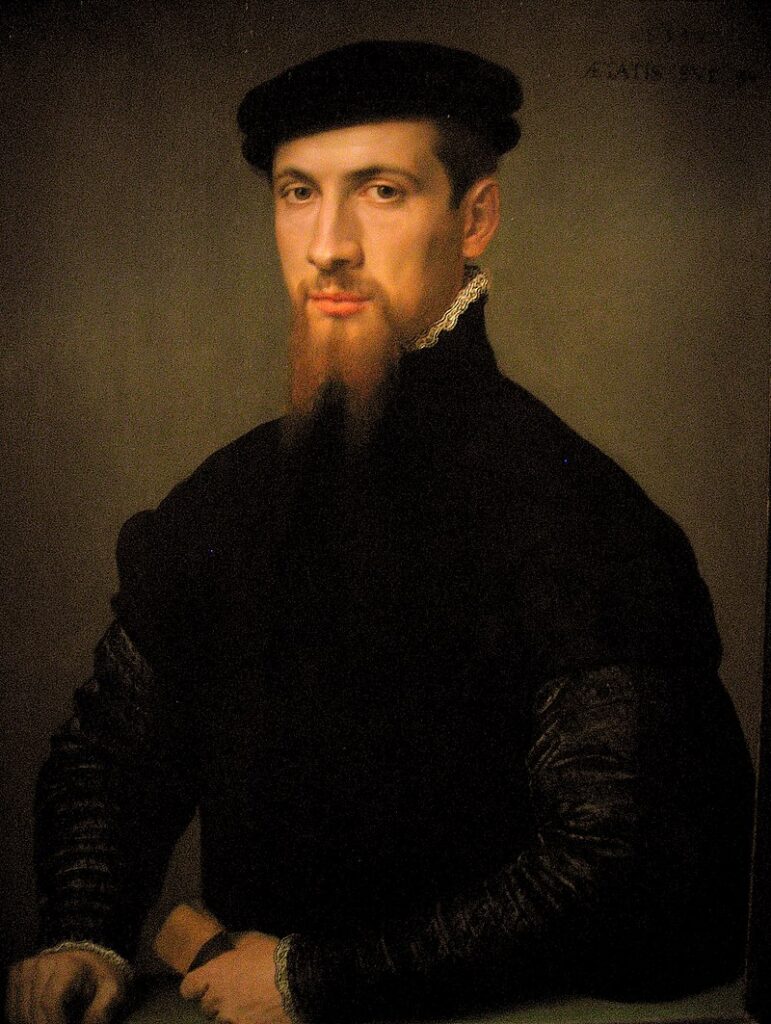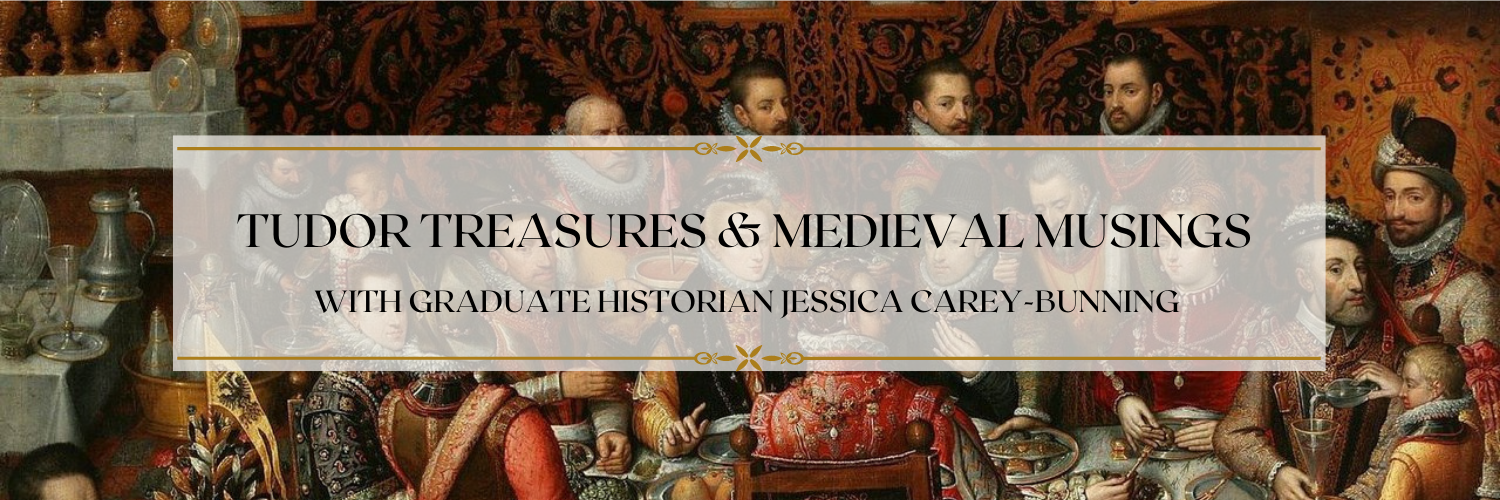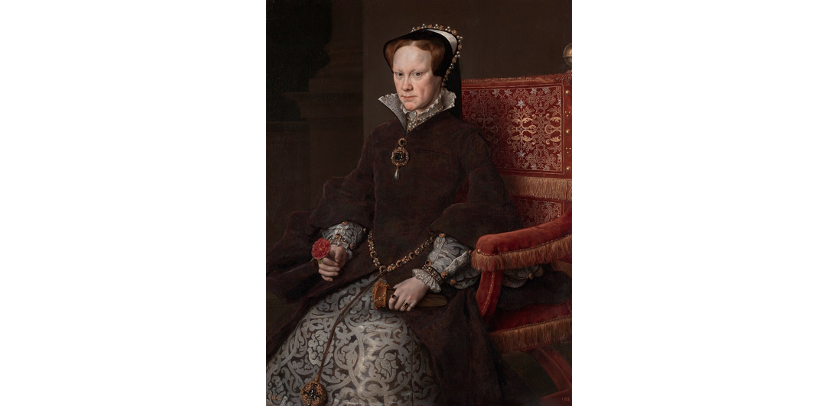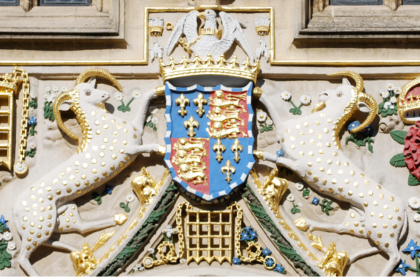When Mary I came to the throne in 1553, it threw England into a state of religious confusion; everyone knew Mary kept to the ‘Old Religion,’ but what would that mean for England? How far would she go? Would England be under Rome again, or would Mary return to her father’s Church of England, a non-papal form of Catholicism? It was a complex, fraught situation. One issue which became emblematic of the religious tensions was the matter of the title of ‘Supreme Head of the Church of England,’ created by Henry VIII to represent his headship of the English Church rather than the Pope, and it was held as well by Edward VI.

Would Mary become Supreme Head of the Church of England? Simon Renard was the Spanish ambassador to England, and one of Mary’s closest advisors. His letters to Charles V, translated and modernised, document the struggle.
~~~
23rd September, 1553
‘…She entertained scruples concerning the title of Head of the Church which was given her in documents and despatches, and had been incorporated with the Crown by statutes and acts of Parliament; and she would not be able to avoid the use of it at the coronation [1st October, 1553]…’
~
15th October, 1553
‘…She told me that the Upper House of Parliament, composed of her councillors and the bishops, had resolved that it was meet to…tacitly to abolish the statutes contrary to religion and the authority of the apostolic see. The Lower House, however, that is the people’s, objected on the ground that the object of such a measure would be to restore the authority of the Bishop of Rome, and to abandon the title of Supreme Head of the Church that had been incorporated with the Crown by Parliament…The Queen did not yet know what course she would adopt. She certainly believed Parliament would ask her whether she would accept the title of Supreme Head or not, and her conscience would not permit her to do so, but besides the question of the Pope’s authority she had good hope that all the other points touching religion would be handled as the honour of God and His holy service demanded…In case she were to have to reply to a question as to whether she would take the title of Supreme Head of the Church, I would give her in writing eight reasons that might aid her to frame a negative answer in a manner that I thought would not prove inacceptable to Parliament…’
~
6th November, 1553
‘…Moreover, he knew that the kingdom held the Queen to possess the power of granting dispensations, as she had been given the title of Supreme Head of the Church…’
~
20th December, 1553
‘…Henceforward the Queen will not be styled Supreme Head of the Church in despatches; the title will be replaced by an etcetera, and the difficulty thus obviated…’
~
17th February, 1554
‘…The Chancellor and the most learned lawyers opine that she ought to summon a Parliament to meet a fortnight after Easter…the same time it will be possible to propose the abandonment of the title of Supreme Head of the Church, by way of making a beginning in the re-establishment of the Church’s authority…’
~
3rd April, 1554
‘…Next Thursday the bills that are to come up will be considered: first: the confirmation of the marriage treaty, with a derogatory clause concerning the government which by English law ought to fall into the hands of his Highness…Second: all those who speak ill or plot against his Highness shall incur the penalties of rebellion…Third: the Queen’s title of supreme head of the Church is to be suppressed…’
~
22nd April, 1554
‘…The Chancellor, on the other hand, has proposed the restitution of the Bishop of Durham’s usurped property, and succeeded in carrying it by a majority against the will of the heretics, who are raising such a clamour that I fully expect disorders so serious as to damage the Queen’s popularity and even endanger her person. In spite of which the Chancellor had agreed with her only to propose two measures: one about the marriage and the other granting the suppression of the title of Supreme Head of the Church…’
~~~
Essentially, Renard’s letters show us that Mary did not want the title of Supreme Head of the Church of England, however the title had to be abolished by an act of Parliament, she was crowned under it. In December, 1553, she sidestepped the issue by simply not using it, until the following April, when it was finally abolished by Parliament.





